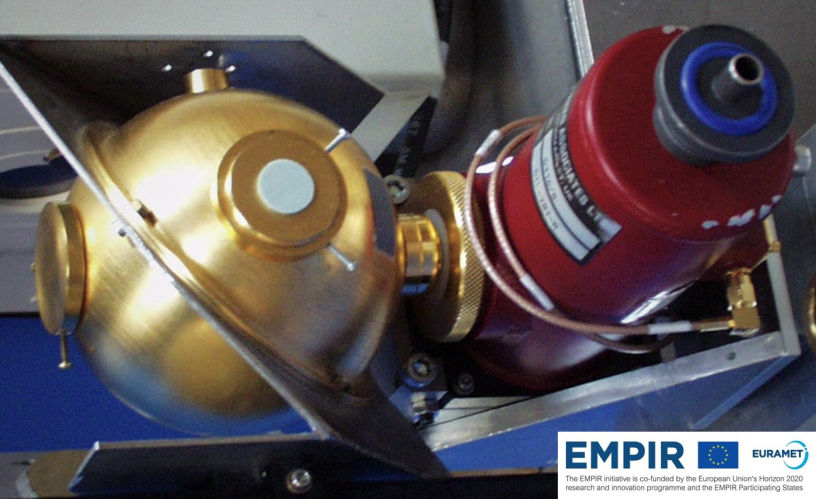
White surfaces on facades and roofs, as often found in southern countries, heat up little during the day when exposed to sunlight.
PaRaMetriC
Passive radiation cooling
Almost 20 % of the global electricity consumption is caused by cooling systems. As the demand for cooling is expected to grow tenfold by 2050, improving the efficiency of cooling systems plays a critical role in addressing the global climate challenge.
Passive Radiative Cooling (PRC) materials, which can dissipate heat into the surrounding as thermal radiation (especially through the atmospheric infrared window between 8 µm and 13 µm) have recently emerged. Hence, the EU-project PaRaMetriC (Metrological Framework for Passive Radiative Cooling Technologies) aims to develop a comprehensive metrological framework with standardized performance indicators and testing protocols to enable comparable evaluation of their cooling performance on-site and the determination of potential energy savings that could derive from the deployment of such technologies.
EU funding code: 21GRD03 PaRaMetriC
Duration from 01.10.2022 to 30.09.2025
The project 21GRD03 PaRaMetriC receives funding from the European Partnership on Metrology, co-financed by the European Union's Horizon Europe Research and Innovation Programme and from the Participating States.


